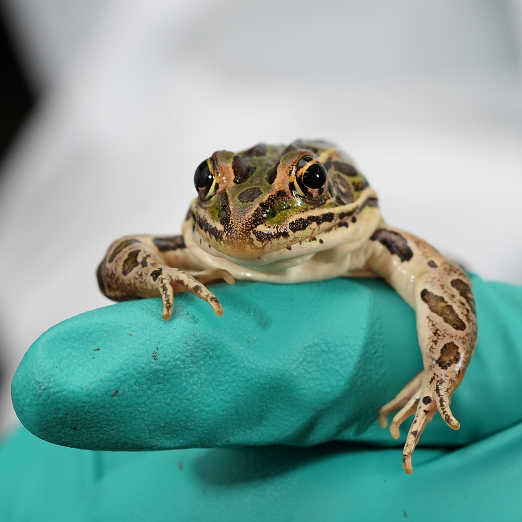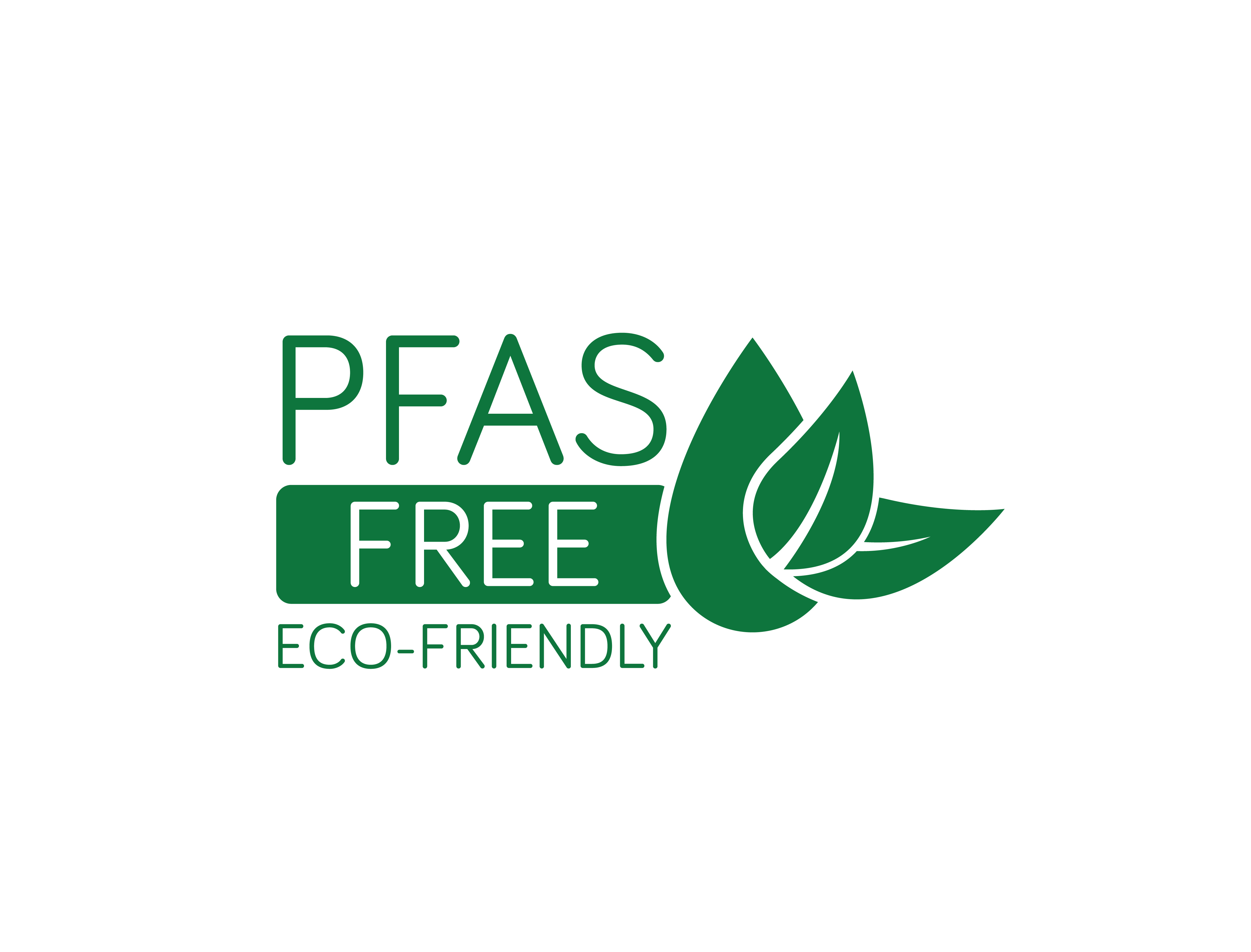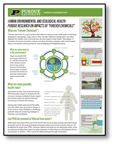
Strategic Research Teams
PFAS, or “Forever Chemicals,” pose a threat to both human and environmental health. They can take millennia to break down, and often degrade into smaller-chain chemicals. They appear in hundreds of common domestic products including stick-free cookware, water-proof treated fabrics, cleaning products, food packaging and fire-fighting foams and have been shown to increase the risk of cancer, increase cholesterol levels, impact the immune system as well as hormonal functioning in animals including humans. Having been widely used around the globe since the 1940s, they are found in tissues of most people.
Co-lead by Dr. Jennifer Freeman (HSCI), Marisol Sepúlveda (FNR) ISF supports the work of a collaborative and interdisciplinary team of about a dozen scientists across 4 colleges and 8 departments that is committed to addressing challenges posed by PFAS through research.
Our scientists work on diverse PFAS-related problems ranging from how PFAS affect health to how we can engineer less-toxic replacements for PFAS in processes such as fabricating semi-conductors and in products such as make up and fire-fighting foams.
Select from the tiles below to learn more about our work being done in these areas.






United Nations Sustainable Development Goals
ISF supports research and partnerships to accelerate the transition to a sustainable resilient and prosperous future by aligning our work with one or more of the SDGs. Each team identifies specific goals related to their area. For the PFAS Strategic Research Team this includes:
Resources
Learn more about PFAS and our Purdue faculty who conduct research in this area by clicking on the white paper below.
Patents
Lee, L.S.; Zenobio, J.E. (2023). Activated carbon supported Ni0Fe0 nanoparticles for reductive transformation of perfluoroalkyl-containing compounds. US Patent No. 11565139.
Key Collaborators





